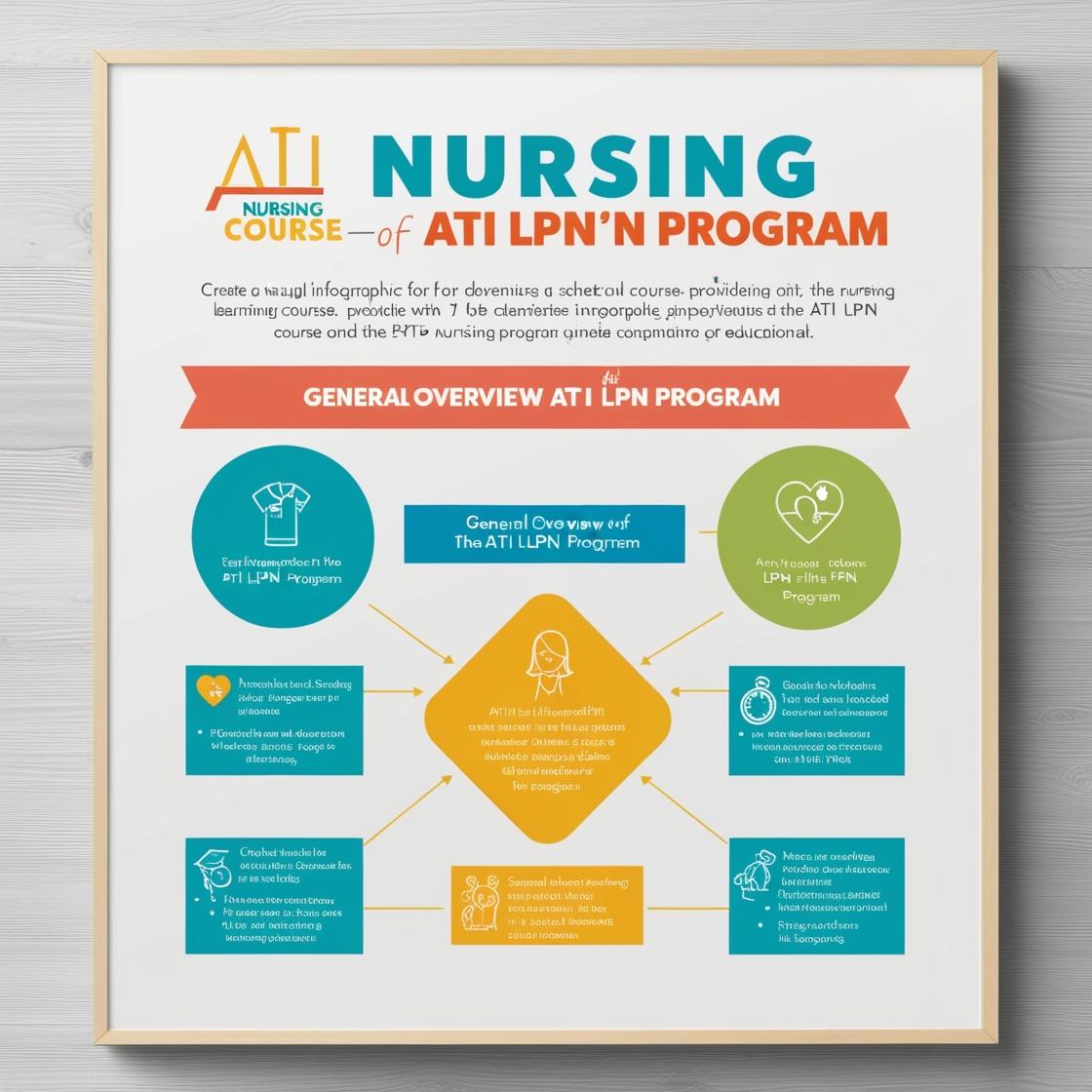LPN LPN
ATI PN Comprehensive Predictor 2023 Quizlet
1. A client is postoperative following a rhinoplasty, and a nurse is contributing to the plan of care. Which of the following interventions should the nurse recommend?
- A. Administer humidified oxygen
- B. Restrict fluids
- C. Instruct the client to avoid the Valsalva maneuver
- D. Apply heat packs to the nose
Correct answer: C
Rationale: Instructing the client to avoid the Valsalva maneuver is crucial after rhinoplasty to reduce strain and the risk of bleeding. Administering humidified oxygen may not be directly related to postoperative care for rhinoplasty. Restricting fluids is not typically necessary unless specifically indicated by the healthcare provider. Applying heat packs to the nose is contraindicated after rhinoplasty as it can increase the risk of bleeding and should be avoided.
2. A client with type 2 diabetes mellitus is concerned about weight gain during pregnancy. Which of the following responses should the nurse make?
- A. Your weight gain should be less than that for someone without diabetes.
- B. Your weight gain should be the same as that for someone without diabetes.
- C. You should not avoid gaining weight during pregnancy.
- D. You should gain more weight to support the pregnancy.
Correct answer: B
Rationale: During pregnancy, a client with type 2 diabetes mellitus should aim for a weight gain similar to someone without diabetes to ensure a healthy pregnancy. Choice A is incorrect because weight gain should not be less; it should be adequate for pregnancy. Choice C is inaccurate as gaining some weight is essential for a healthy pregnancy. Choice D is incorrect as gaining more weight than necessary can pose risks for both the client and the baby.
3. A nurse is collecting data from a newly-admitted infant who is 3 months old and has diarrhea. Which of the following findings should the nurse report to the provider?
- A. Weight gain
- B. Poor appetite
- C. Irritability
- D. Decreased urination
Correct answer: C
Rationale: Irritability in infants can indicate worsening dehydration, which needs to be reported. Weight gain (Choice A) would be a positive finding, indicating adequate fluid intake. Poor appetite (Choice B) is common with diarrhea but not as concerning as irritability. Decreased urination (Choice D) can also be a sign of dehydration, but irritability is more specific to worsening dehydration in this case.
4. A nurse is assessing a client who is prescribed spironolactone. Which of the following laboratory values should the nurse monitor for this client?
- A. Total bilirubin.
- B. Urine ketones.
- C. Serum potassium.
- D. Platelet count.
Correct answer: C
Rationale: The correct answer is C: Serum potassium. Spironolactone is a potassium-sparing diuretic, meaning it helps the body retain potassium. Therefore, the nurse should monitor the client's serum potassium levels to prevent hyperkalemia, which can be a potential side effect of spironolactone. Monitoring total bilirubin levels (A) is not specifically required for clients taking spironolactone. Urine ketones (B) are not directly influenced by spironolactone use. Platelet count (D) is not typically monitored in clients taking spironolactone.
5. A client is scheduled for a lumbar puncture. The nurse should assist the client into which of the following positions?
- A. Supine with head elevated
- B. Lateral recumbent
- C. Prone with arms at sides
- D. Sitting with back rounded
Correct answer: B
Rationale: The correct position for a lumbar puncture is the lateral recumbent position. This position allows the spine to curve naturally, widening the spaces between the vertebrae, making it easier and safer to perform the procedure. Supine with head elevated (Choice A) would not provide the proper positioning for a lumbar puncture as it does not allow for proper access to the lumbar area. Prone with arms at sides (Choice C) would not be suitable as it would not facilitate the procedure. Sitting with back rounded (Choice D) is also incorrect as it does not allow for the proper alignment of the spine needed for a lumbar puncture.
Similar Questions

Access More Features
ATI LPN Basic
$69.99/ 30 days
- 50,000 Questions with answers
- All ATI courses Coverage
- 30 days access @ $69.99
ATI LPN Premium
$149.99/ 90 days
- 50,000 Questions with answers
- All ATI courses Coverage
- 30 days access @ $149.99
